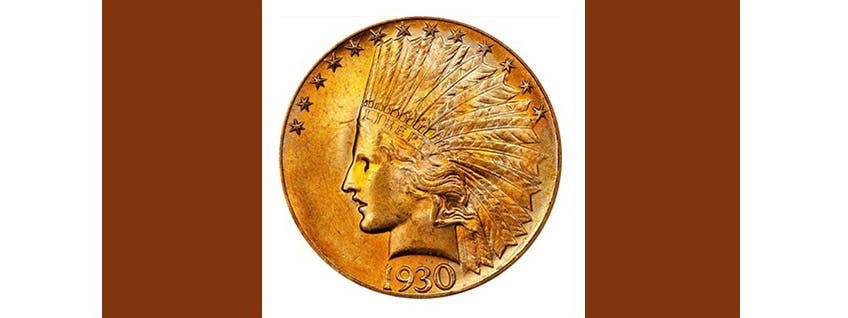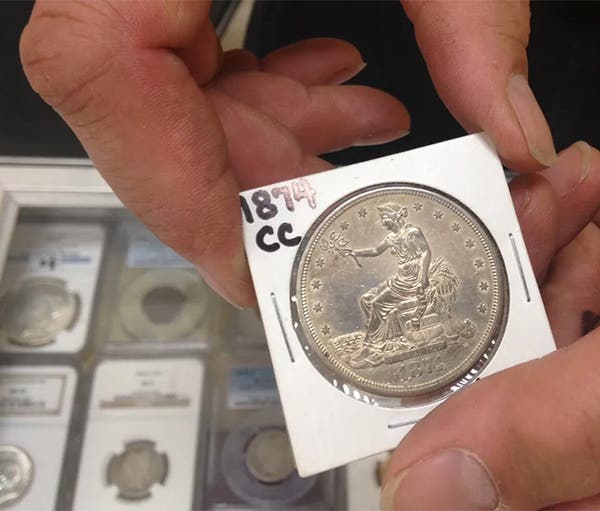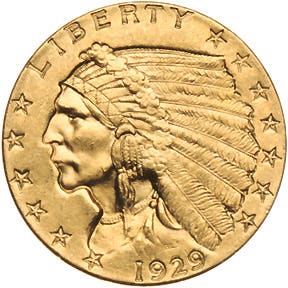Do I Have a 1901/O-S Half Eagle?
How can I tell if I have a 1901/O-S half eagle? This overdate variety is known as Breen 6780. It can be identified via the remnant of the curve of…
How can I tell if I have a 1901/O-S half eagle?
This overdate variety is known as Breen 6780. It can be identified via the remnant of the curve of a “0” near the upper right of the final “1” in the date.
The motto “In God We Trust” first appeared on our bank notes during the Eisenhower administration in the 1950s. What prompted this, considering the motto appeared on our coins almost 100 years earlier?
Dwight D. Eisenhower was baptized as a Presbyterian 10 days after becoming U.S. president. His parents raised him in an off-shoot of the Mennonite faith that did not believe in infant baptism. As President Eisenhower initiated the National Prayer Breakfast, he also interjected God into our pledge of allegiance and our paper money to distinguish the U.S. from the officially atheist Soviet Union.
English businessman and private mint owner, Matthew Boulton, proposed making coins for the United States. What, if any, business relationship did he have with the U.S. Mint?
Boulton operated a lucrative business of providing copper coinage blanks ready to be minted into coins to the U.S. Mint during the late 18th century.
Why was the mintmark moved from the obverse to the reverse of the Walking Liberty half dollar in 1917?
U.S. Mint Director Friedrich Johannes Hugo von Engelken verbally ordered it moved, stating, “the obverse mint marks had the appearance of a defect in the die and were entirely too prominent.”
Outside of being of interest to coin collectors, what function does the mintmark serve on our coinage?
Mintmarks have appeared on coins for thousands of years. The primary function in the past was to identify the mint workshop of origin. This was important since, if coins were either poorly made or if the mint debased the intrinsic value of specie, the government wanted to know who to blame. Today the mintmark no longer serves such purpose and, from a non-collector viewpoint, could likely be discontinued.
Is it necessary to carry the initials or name of the individual who designed a coin, or could this also be discontinued without much fanfare?
Artists have always wanted to be recognized for their work. While this is an important reason why many coin designs include the designer’s name or initials, there have been many coins throughout the centuries on which the designer was never identified. The withdrawal of the initials “VDB” on the Lincoln cent in 1909 is an example of the practice going both ways.
E-mail inquiries only. Do not send letters in the mail. Send it to Giedroyc@Bright.net. Because of space limitations, we are unable to publish all questions.








